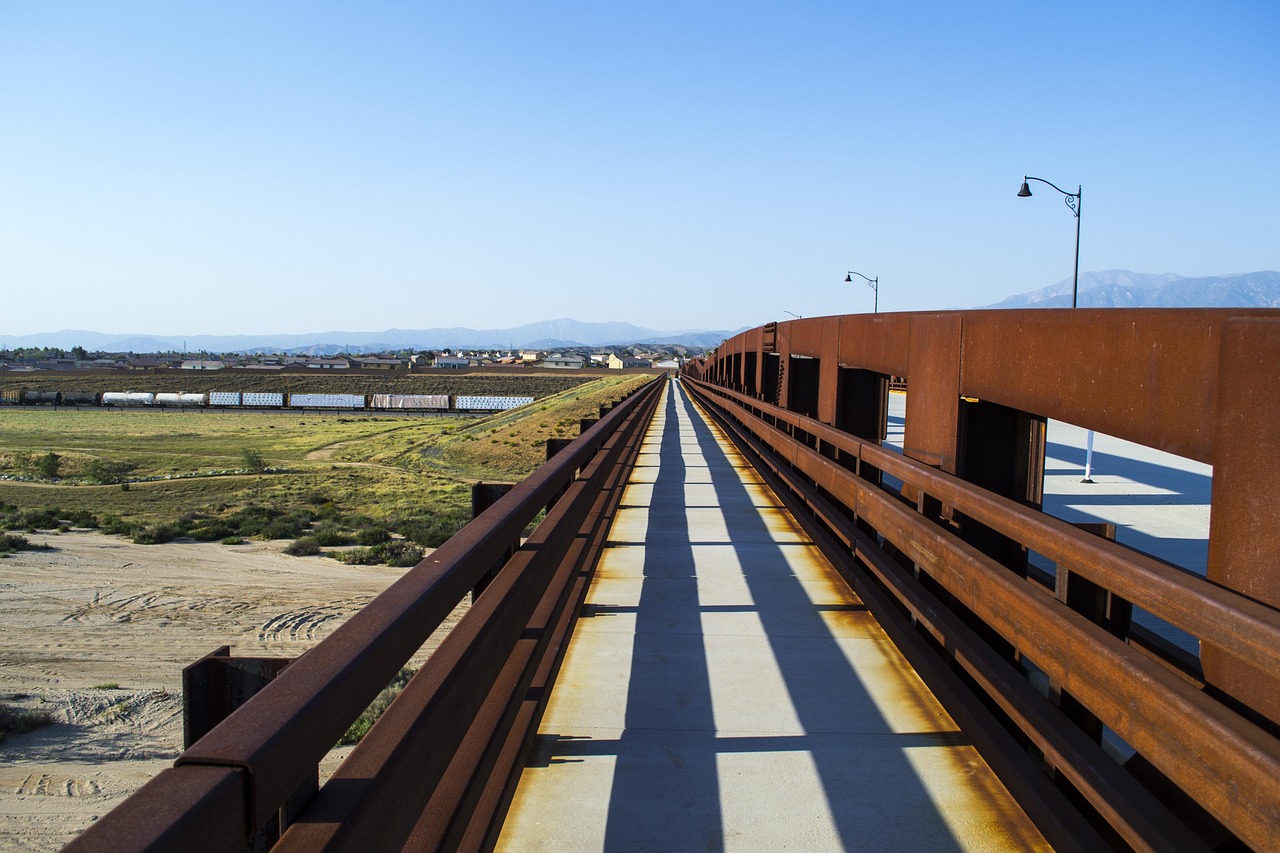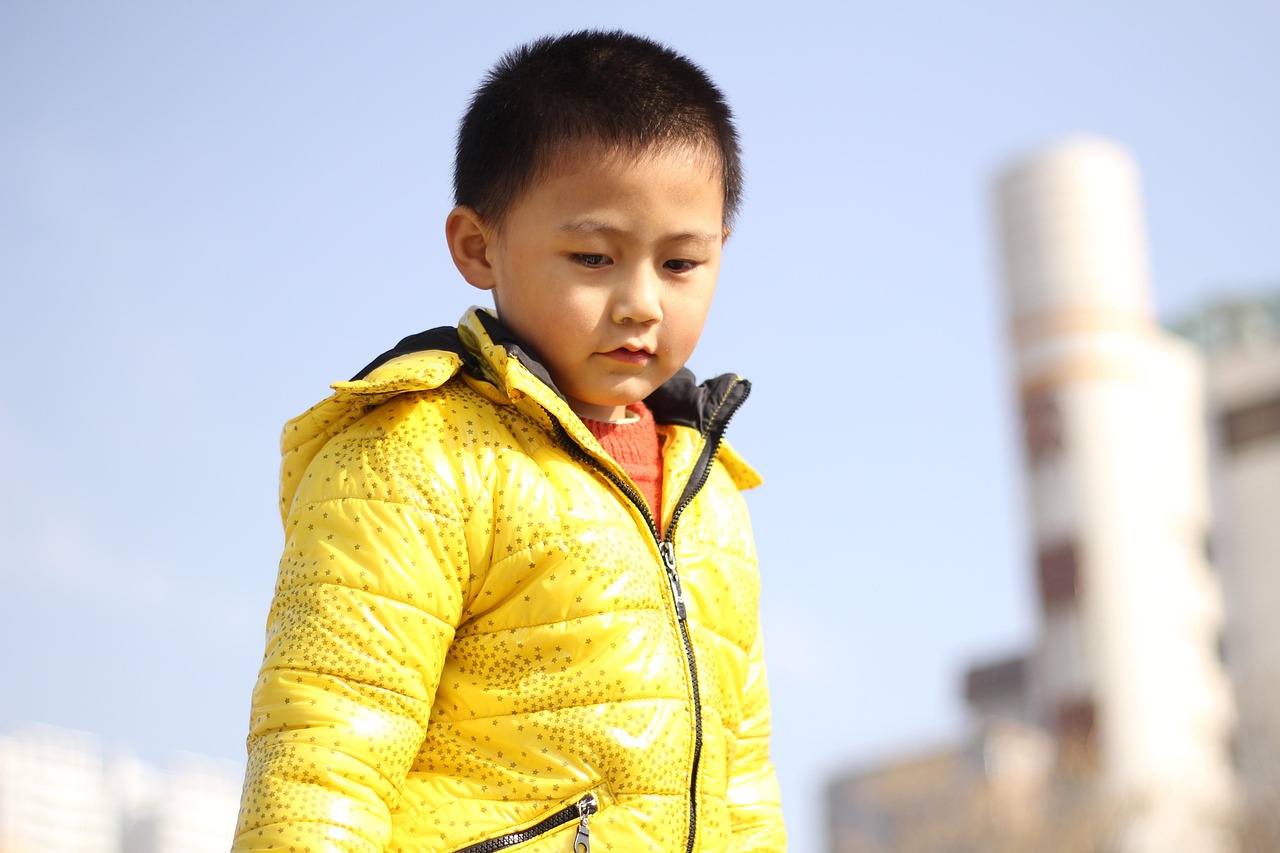Exploring the Translation of Dai Temple into English
The Dai Temple, located in Tai'an, Shandong Province, China, is a significant cultural and historical site. Translating its name into English requires careful consideration of linguistic nuances, cultural context, and historical significance. Let's delve into the various translation options and their implications.
1. Dai Temple: This is a direct transliteration of the Chinese name "岱庙" (Dài Miào). It maintains the original phonetic sound and is widely used in Englishlanguage literature and travel guides. However, it lacks explanatory depth for those unfamiliar with Chinese culture.
2. Temple of Mount Tai: This translation provides additional context by specifying the location of the temple on Mount Tai. Mount Tai is a sacred mountain in Chinese culture, known for its historical, cultural, and religious significance. Including "Mount Tai" helps convey the temple's association with this revered site.
3. Mount Tai Shrine: "Shrine" conveys a sense of reverence and religious importance, which aligns with the spiritual significance of the Dai Temple. This translation emphasizes the temple's role as a place of worship and cultural heritage.
When choosing a translation, several factors should be considered:
- Accessibility to English Speakers: The translation should be easily understood by English speakers, including tourists and researchers.
- Cultural Significance: The translation should capture the cultural and historical importance of the Dai Temple, reflecting its role as a symbol of Chinese heritage.
- Accuracy: The translation should accurately convey the essence of the original name while adhering to linguistic conventions in English.

In conclusion, translating "岱庙" (Dài Miào) into English requires careful consideration of linguistic nuances and cultural significance. Options like "Dai Temple," "Temple of Mount Tai," and "Mount Tai Shrine" each offer a different perspective, emphasizing various aspects of the temple's identity. Ultimately, the choice of translation depends on the intended audience and the desired portrayal of the Dai Temple's rich cultural heritage.












评论